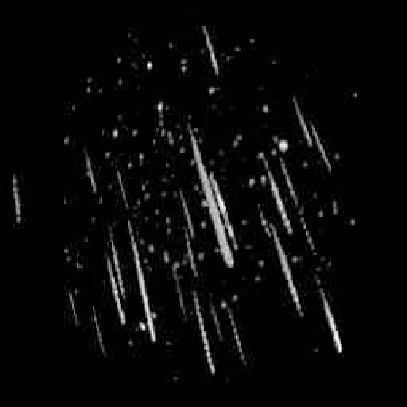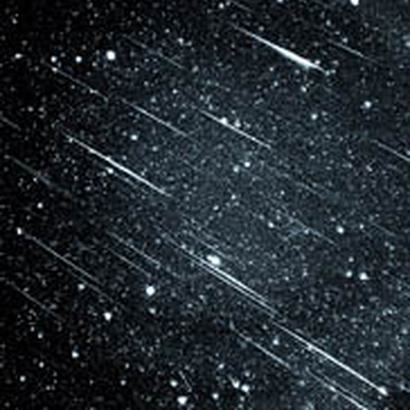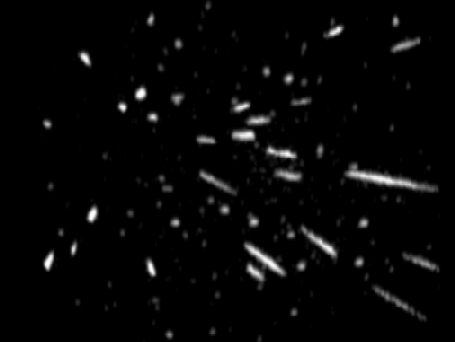- Orionid
Orionid meteor shower appears every year, and peak around October 21. This meteor shower is very clearly visible and looks up to 20 meteors per hour of green and yellow. Orionid meteor is the name of light in the sky at a point where they originated.
These meteors can be seen all over the sky but the movement they will always be pointed toward the light. Orionid meteor light located near the constellation Orion.
And meteornya rain caused by the orbit of Halley's Comet around 75-76 years.

- Perseid
Perseid meteor is the meteor that probably we can see most clearly and is usually seen in the northern hemisphere during the night on a warm summer. Light and much, Perseid associated with the comet Swift-Tuttle yng amazing.
These meteors appear to originate from a light in the constellation Perseus and occurs when the earth through a meteor stream called the Perseid cloud is actually the residue of the tail of comet Swift-Tuttle.
Most of the Perseid cloud of dust from thousands of years old, although there are a few of them are young dust that evaporates from the comet in 1862.
Perseid meteor shower has been observed around 200 years ago and is usually seen from mid-July and a peak on August 12 each year.

- Geminid
Meteor is not like other meteor that was born from a comet, but they come from sebudah asteroid, a planetoid near the earth's rocky named Phaeton 3200.
In general, the asteroid does not generate dust into the sky and even predicted earlier this asteroid is a comet.
Phaeton elliptical orbit like a comet and brought it even closer to the sun beyond the orbit of Mercury.
The first Geminids appeared 150 years ago, and since then they bombard the earth regularly every year in mid-December.
They are expected to be more on the meteor showers each year and recently has seen more than hundreds of meteors in the sky.

- Quadrantids
Many meteor flashes seen in the figure below, green light, despite blocked by aurora on the right.
Red light visible to the left is a light aircraft DC-8 NASA astronomer who fly over Canada to examine the Quadrantids meteor shower.
With the help of a special camera that can produce a composite image that combines a brief exposure, the researchers hope to learn from this meteor shower which was originally derived.
Because of the strong appearance of this meteor, in January earlier, this meteor shower is tentative identified as a small planet called planet 2003 EH1.
Possible meteor was also observed by astronomers from china, japan and korea half since last Millennium. At the height of his appearance, this meteor shower will be seen less than 1 hour.

News with hot topics like "Scandal Stories, Flash of Celebrities, Human Habits, Natural Healthy Resources, Science Technology, Space Exploration, Disaster News, Country and Military Action, and many more".
